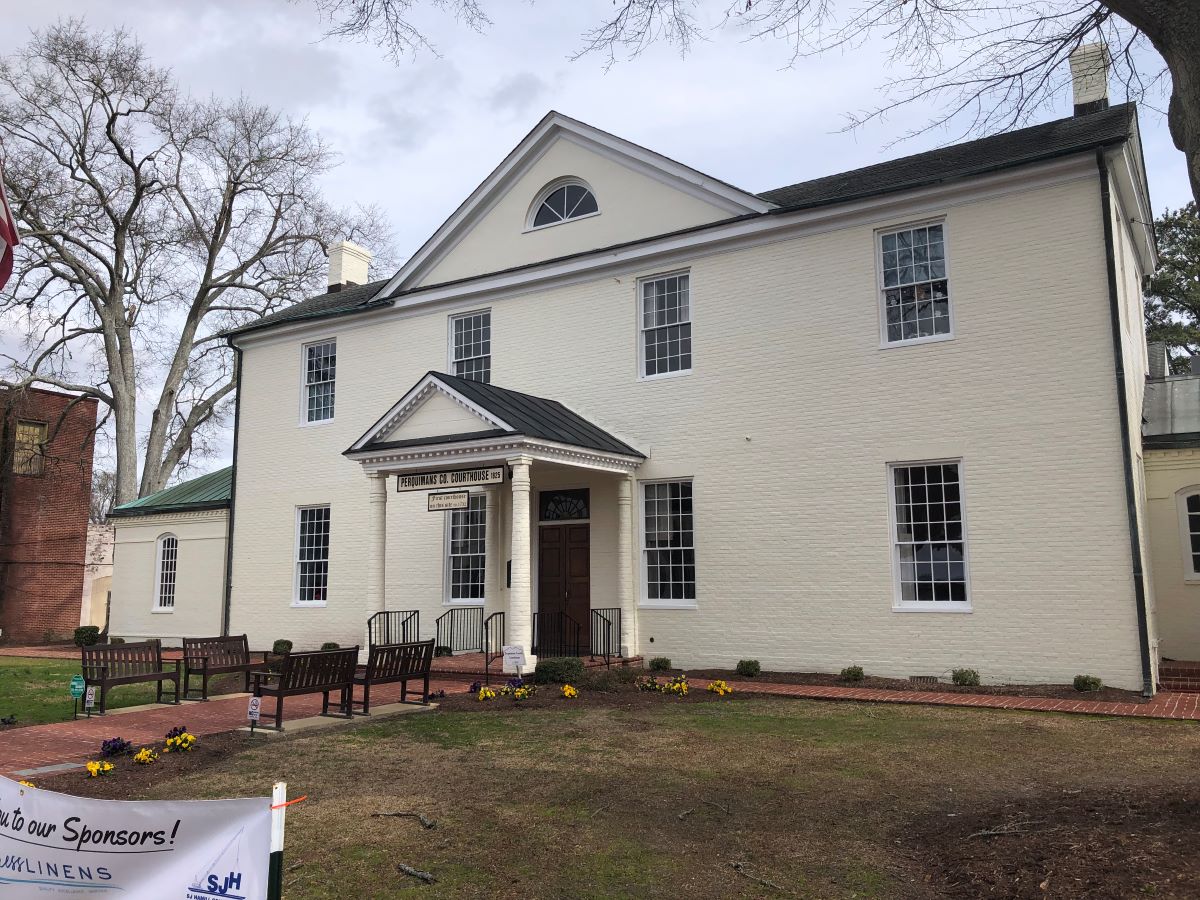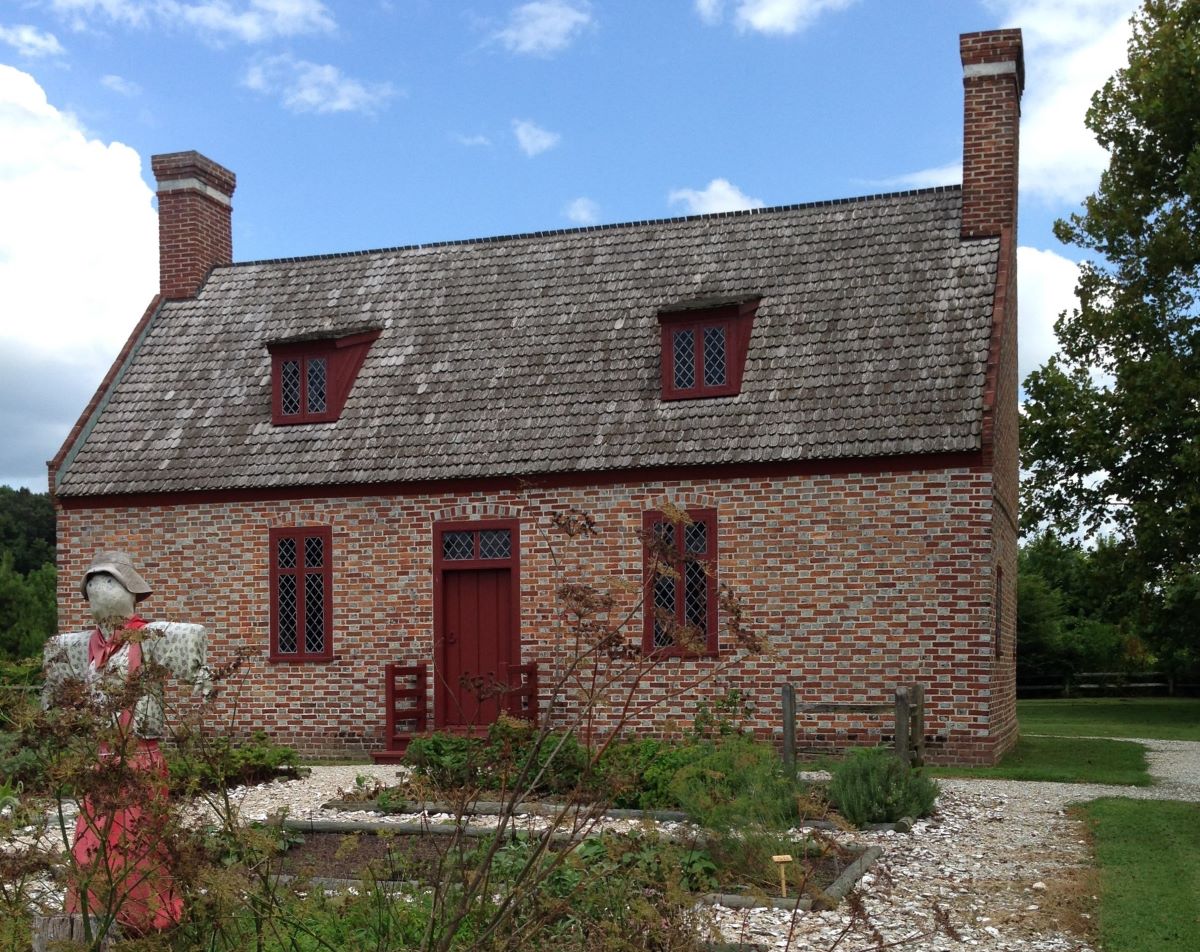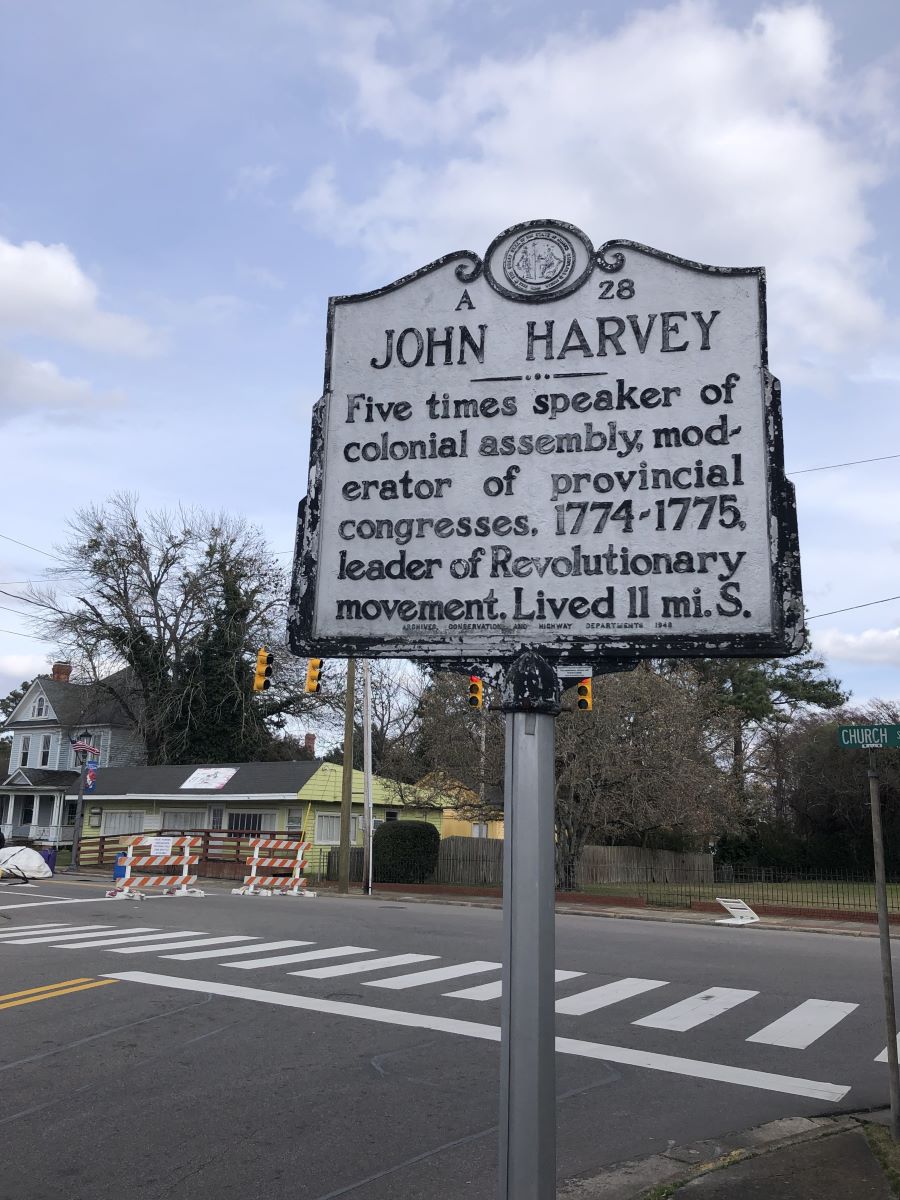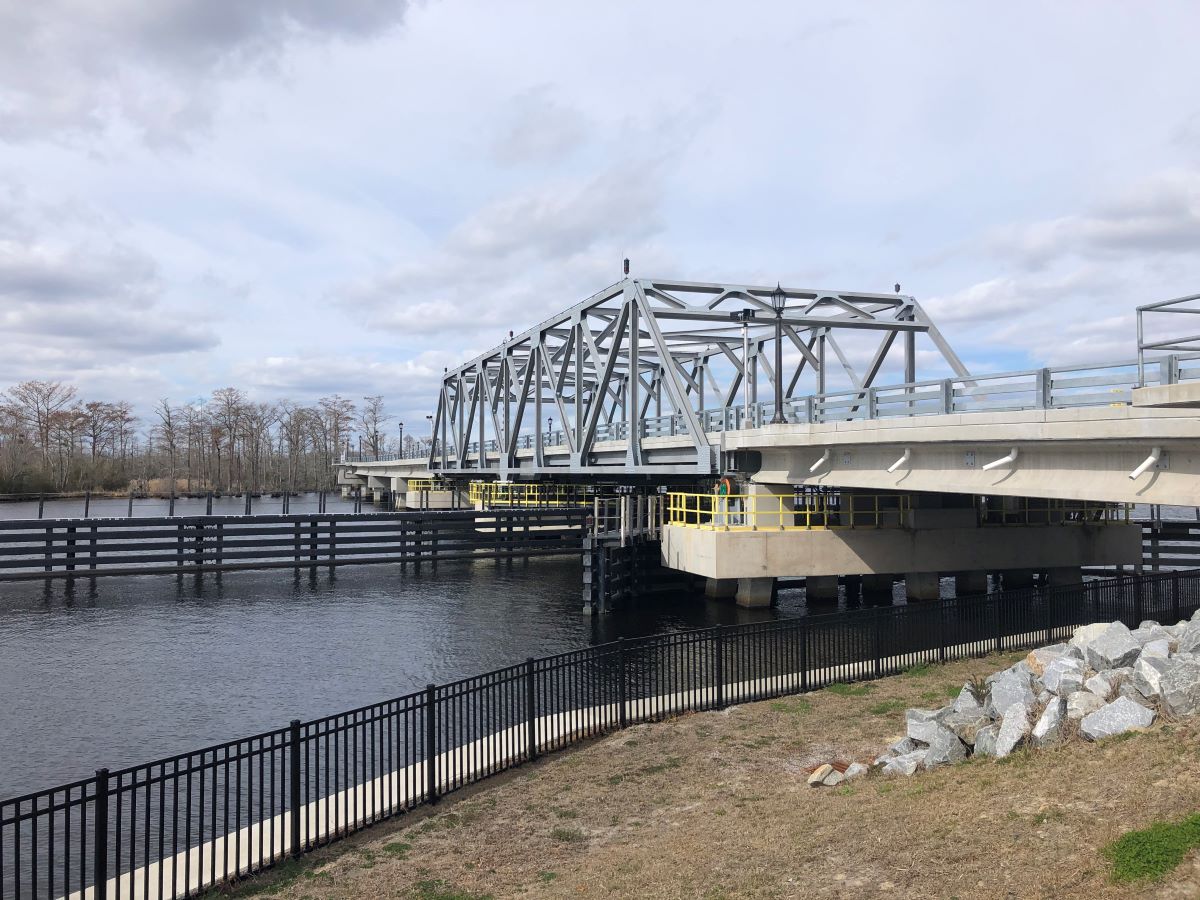
The Albemarle Sound region, one of the oldest areas in the state to be continuously settled by Europeans, has dozens of small towns with centuries of history.
One of these is Hertford, the county seat of Perquimans County.
Supporter Spotlight
Though the town, which has never had more than 2,500 residents, has seen some growth in recent years, it is still rural and quiet.
Wonder Lewis, a Perquimans County native who has worked for the library for three decades, said that when it comes to town expansion, “we’ve added a few things, but not enough.” She believes that Hertford’s charm is its “rural nature,” which makes it a haven for retirees from up north.
The town incorporated in 1758 has played an important role in the political, social and sports history of North Carolina.
In the mid-17th century, settlers in Virginia began to trickle across a yet-to-be drawn border with what would become North Carolina. They bought land from Native Americans and established corn and tobacco plantations along the Albemarle Sound.
Slowly, the increasing population coalesced into new communities. One of these, which later became Hertford, was located in Perquimans Precinct on the Perquimans River.
Supporter Spotlight
This community became known early on for its attachment to Quakerism. The founder of the Quakers, George Fox, traveled throughout the region as a popular preacher in 1672.
According to his journal, the people of Perquimans “much desired after (Quaker) meetings,” mainly because there were no other churches.

While all Albemarle Sound counties were influenced by the visiting Quakers in some way, Perquimans was more readily converted than its peers.
The county became home to the first Quaker meeting in the Colony a few years later and remained the center of Quakerism in North Carolina for more than a century.
Apart from the dominance of Quakerism, Hertford resembled other small towns of the Albemarle region such as Windsor in Bertie County. It was a center for the tobacco trade located on a large navigable river that wound its way through the region’s tobacco plantations.
This location brought a modest amount of wealth to the small settlement. One group of prosperous residents near the Perquimans River helped contribute to the construction of the oldest surviving brick house in North Carolina.
The Newbold-White House, likely built in the early 1730s, remains an outstanding example of 18th-century Quaker plan architecture.
Hertford played an ancillary role in events of the late 18th and 19th centuries. It was too small to be a notable target for either the British in the 1770s or the Union in the 1860s. But Hertford did build up a quaint historic downtown.
The current Perquimans County Courthouse completed in 1824 is one of the town’s more remarkable structures.

Hertford also contributed several important people to the state and nation in its early years. Perhaps the most influential was John Harvey, a leader of the North Carolina Provincial Congress and one of the leading Patriots before his untimely death in 1775.
The 20th century saw Hertford grow and gain some of its more notable attributes.
One was the “S bridge” connecting Hertford and neighboring Winfall, the oldest swing-span bridge in the state until it was replaced in 2021. Its replacement opens in the same way and looks much the same as its 1920s predecessor.
The town also gained a commercial district with the banks and department stores of typical eastern North Carolina towns, and became a minor tourist attraction in the 1980s when the Newbold-White House was opened as a historic site.

Besides John Harvey, the most notable native of the town lived during the 20th century.
Jim “Catfish” Hunter excelled at multiple sports at Perquimans County High School before making his way to Major League Baseball. He won over 220 games and five World Series in his 15-season career, according to ESPN.
There is some uncertainty as to how the construction of Interstate 87 will affect the area. The road, which will connect Interstate 40 in Raleigh to Interstate 64 in Norfolk, Virginia, is projected to increase traffic and potentially expand the suburban sprawl of Norfolk, located less than 60 miles to the northeast.
Hertford has remained small despite centuries of growth in nearby Elizabeth City and Edenton, and there is a high chance that it will retain the small-town character that has defined it for centuries.








